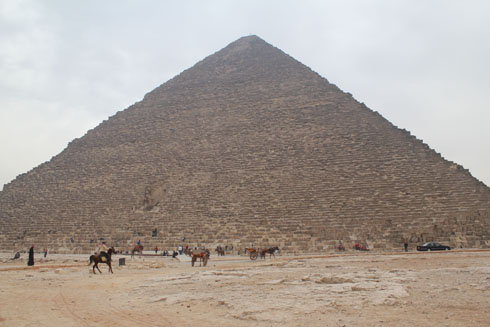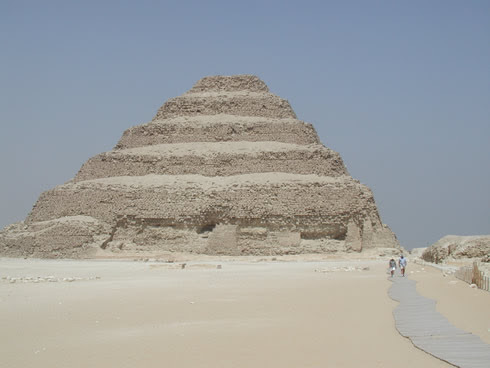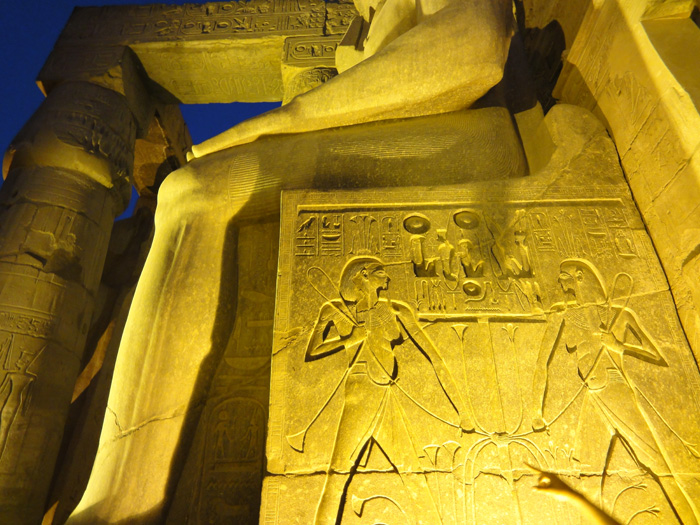Culture
The forgotten Pharaoh – A brief timeline of Egyptian history
5000 – 3100 BC: Prehistory

Nile river – credit photo Veronique Gray
The earliest Egyptian culture in the Nile Valley is likely to have developed as a result of a massive migration
following the Ice Age, when the once fertile Western Sahara region dried up. There are traces of a human
culture in the Nile Valley which date back 7,000 years. In addition to stone tools and pottery, archaeologists
have found a human figure, make-up palettes and a mysterious face.
At the start of the 4th millennium BC, the Naqada culture originating in Upper Egypt produced an
astoundingly highly developed civilisation in the Nile Valley. They carved vessels of stone whose quality
would later remain unmatched in Egypt. Early long-distance trade relationships made it necessary to write
labels on clay jugs and ivory tablets in order to indicate the origins and contents of the goods.
3100 – 3032 BC (dynasty 0): Unification of the Kingdom
Before the turn of the 3rd millennium BC, Upper and Lower Egypt are united to form one state. A very well organised irrigation system ensures the land has reliable harvests. The Narmer Palette is the most important
archaeological discovery from this rapidly changing era in the run-up to the 1st dynasty. In this work of art we
see that the essential features of Egyptian art and hieroglyphic script are fully developed.
3032 – 2707 BC (1st and 2nd dynasties) Protohistory
The unification will later be attributed to King Menes, or Hor Aha: the first ruler of the 1st dynasty. The kings
of the early period are buried at Abydos in large underground tomb complexes made of adobe.
2707 – 2170 BC (3rd – 8th dynasties): Old Kingdom
Under King Djoser, a monumental tomb complex in Saqqara, made completely of stone, is built for the first
time with the help of the brilliant architect Imhotep. At the centre of this otherworldly residence is the stepped
mastaba, an early form of the pyramids. Still, the highlight of this period is the erection of the Giza pyramid
complex under King Khufu, Khafre and Menkaure during the 4th dynasty.

Cheops pyramid in Giza – credit photo Veronique Gray
The Egyptian state is very powerful thanks to a loyal and well-organised civil service establishment. During
the 5th dynasty, the sun god Ra, who is worshipped in the vast, open sun temples, becomes increasingly
important. Life-sized statues of timeless significance are created for some tombs and temple complexes.
King Unas, the final ruler of the 5th dynasty, has the so-called pyramid texts chronicled in his burial chamber
for the first time. The magical sayings are meant to guarantee the survival of the dead king in the afterlife.
They form the basis for all subsequent writing on the afterlife in Egypt.

Mastaba in Saqqara – credit photo Veronique Gray
2170 – 2025 BC (9th – 10th dynasties): First Intermediate Period
Over the course of the 6th dynasty, the centralised state collapsed – and with it, the art. The First
Intermediate Period is considered an epoch of decline.
2025 – 1794 BC (11th – 12th dynasties): Middle Kingdom
But King Mentuhotep II from the Upper Egyptian Thebes succeeds in reuniting Egypt around 2025 BC. The
country experiences a cultural renaissance under the rule of the King Amenemhat and King Sesostris. Future
generations will look back at this time as a classical period.
1794 – 1550 BC (13th – 17th dynasties): Second Intermediate Period
After internal political struggles, the centralised state once again falls apart. In the delta, the Hyksos, or the
“rulers of foreign lands”, originating in the Near East, invade Egypt as conquerors. But they also bring
innovations with them, such as the chariot. Theban rulers then succeed in driving out the conquerors and
reuniting the kingdom once again.
1550 – 1070 BC (18th – 20th dynasties): New Kingdom

Luxor temple by night, EGYPT – copyright Veronique Gray
Once the Theban ruling family of the 18th dynasty comes into power, Amun-Ra becomes the new god of the
kingdom. The cosmopolitan era of the New Kingdom brings forth a series of important rulers. Queen Hatshepsut assumes the throne as a female pharaoh. Under her successor, Thutmose III, Egypt becomes a
world power. Immigrants can pursue a military career. In the New Kingdom, they rise to the highest Egyptian offices, similar to the way it is described in the biblical story of Joseph. After the glamorous reign of Amenhotep III, his son Amenhotep IV, who later called himself Akhenaten, sets
a religious revolution in motion.
Article written by Dr.Wolfgang Wettengel





